Implementing the national strategy of salt reduction in Morocco: the baker´s perspective

Published in the Pan African Medical Journal on 11th December 2020, Bouhamida et al conducted a quantitative exploratory study to examine the knowledge of bakers about the national strategy of salt reduction and evaluate their current contribution and future commitment in implementing the specific recommendation related to salt reduction in bread. 432 bakeries participated in […]
Sources of dietary sodium and implications for a state-wide salt reduction program in Victoria, Australia
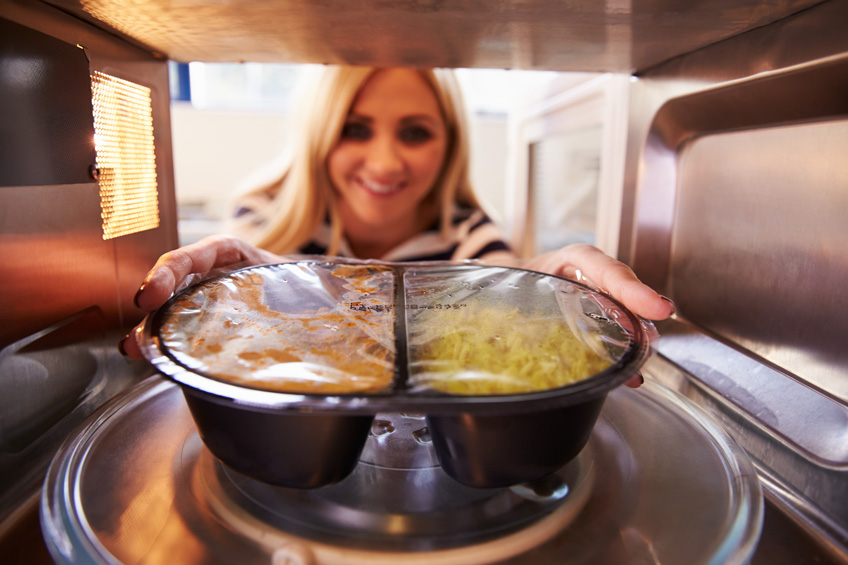
Bolton, KA et al recently published data on dietary sodium intake and sources of dietary sodium from dietary recalls in the Victorian adult population. Salt intake from 24hr urine collections (n=338) was estimated as 8.9g/day after adjustment for non-urinary losses. Estimated salt intake from 24hr diet recall was lower, at 6.9g/day. It was estimated that […]
A Systematic Review of the Sources of Dietary Salt Around the World
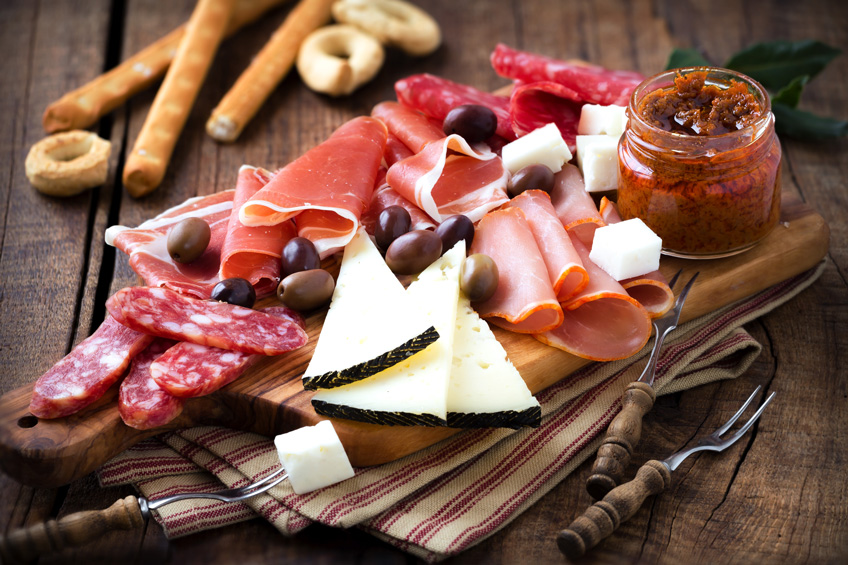
Published in Advances in Nutrition, Bhat et al conducted a global systematic review of dietary salt sources. Between 1975 and 2018, 80 studies (74 peer-reviewed) from 34 countries were identified. Discretionary sources of salt contributed to more than half daily intake in at least eight countries, and more than a quarter of daily intake in […]
Reducing salt in bread to protect from cardiovascular disease in Morocco
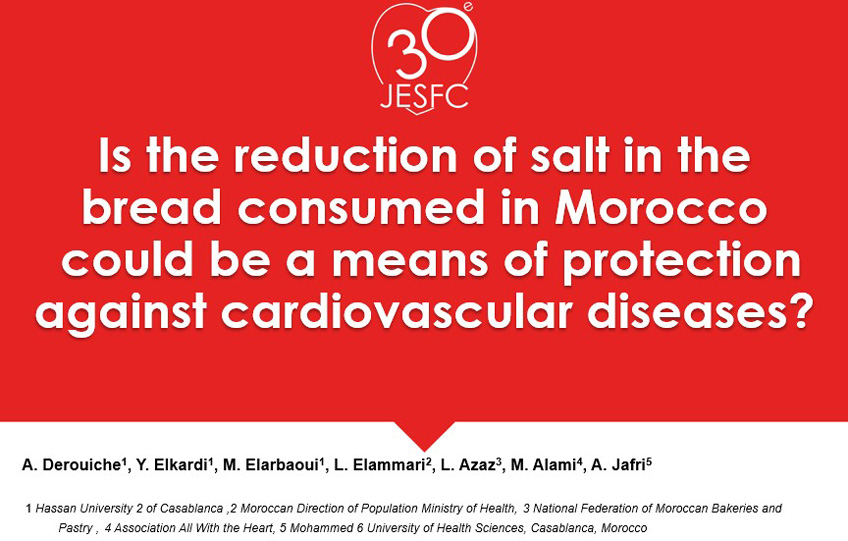
In January 2020, Abdelfettah Derouiche presented recent salt reduction research from Morocco at the European Days of the French Society of Cardiology Congress in Paris. In his presentation he reflected on a five-year awareness raising campaign that aimed to encourage bakeries to reduce the amount of sodium chloride used when making white bread, along with […]
Seaweed flakes as an alternative to table salt?
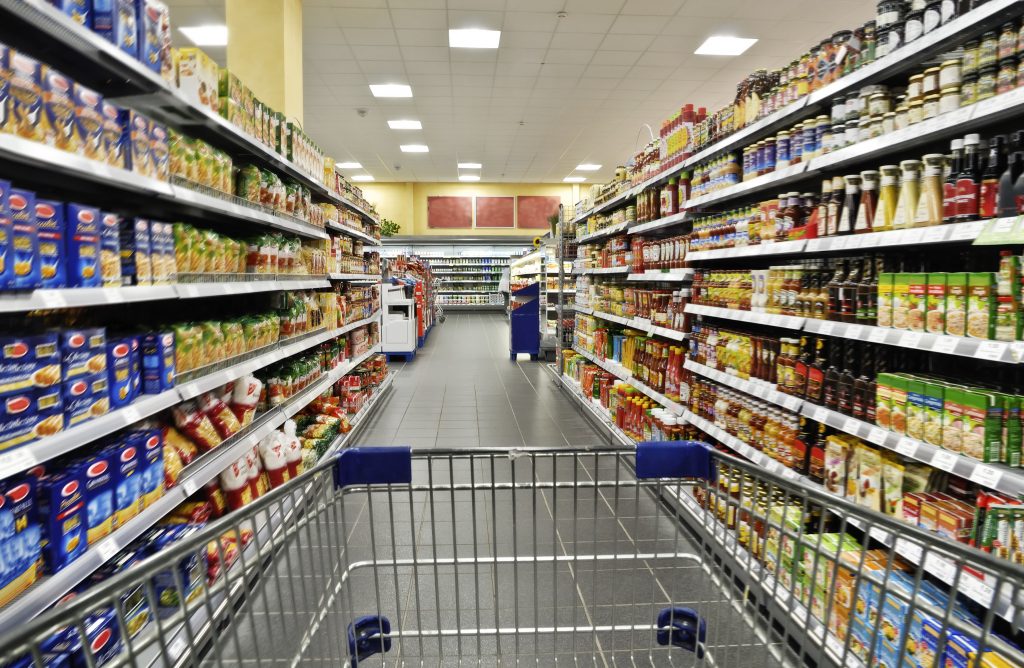
Seaweed has approximately 85% less sodium than salt while offering important micronutrients such as iodine, potassium, magnesium, calcium, iron and zinc. Seaweed flakes can be added to stir-fries, noodles, and rice or to boost flavour in any dish. The seaweed market was valued at $11.1 billion in 2016 and is growing. There are now ground […]
Strengthening Malaysia’s National Salt Reduction Strategy (2015-2020)

Last year Dr Kathy Trieu and Prof Jacqui Webster from The George Institute for Global Health conducted an interim evaluation of Malaysia’s national salt reduction strategy with a view to identifying areas where the strategy could be strengthened. The mid-term evaluation report including the six key recommendations for enhancing implementation is now published on the […]
Sodium Content of Commonly Consumed Foods in Argentina

Calliope and Samman investigated the sodium levels in street food, fast food and artisanal food in Northwest Argentina using chemical analysis. To collect information on the types and frequency of food consumed, a survey was administered to a sample of adults. The most commonly consumed street food was hot dogs (25%) and French fries (22%); […]
Salt levels in meat alternatives – Australia
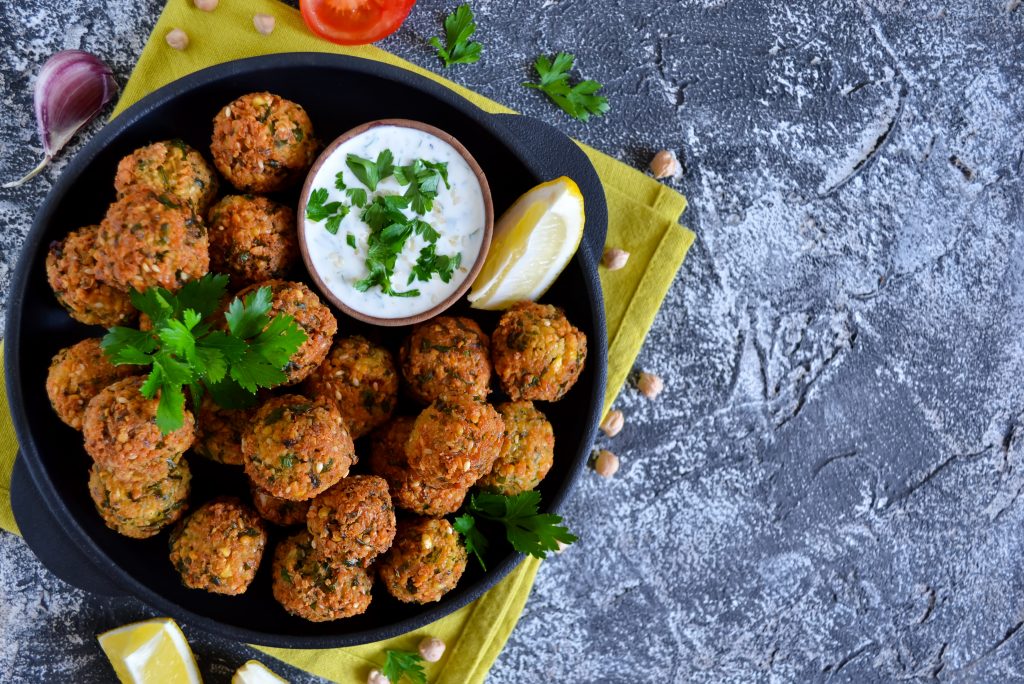
On the 10th of September, the Victorian Salt Reduction Partnership released a report written by The George Institute for Global Health on the salt content of meat alternatives in Australia. The research revealed some meat free products contain up to half a day’s worth of salt in one serve. Meat-free bacon, falafels and meat-free sausages […]
Use of ‘low-salt’ bread as part of a reduced salt diet important in reducing blood pressure – Ireland
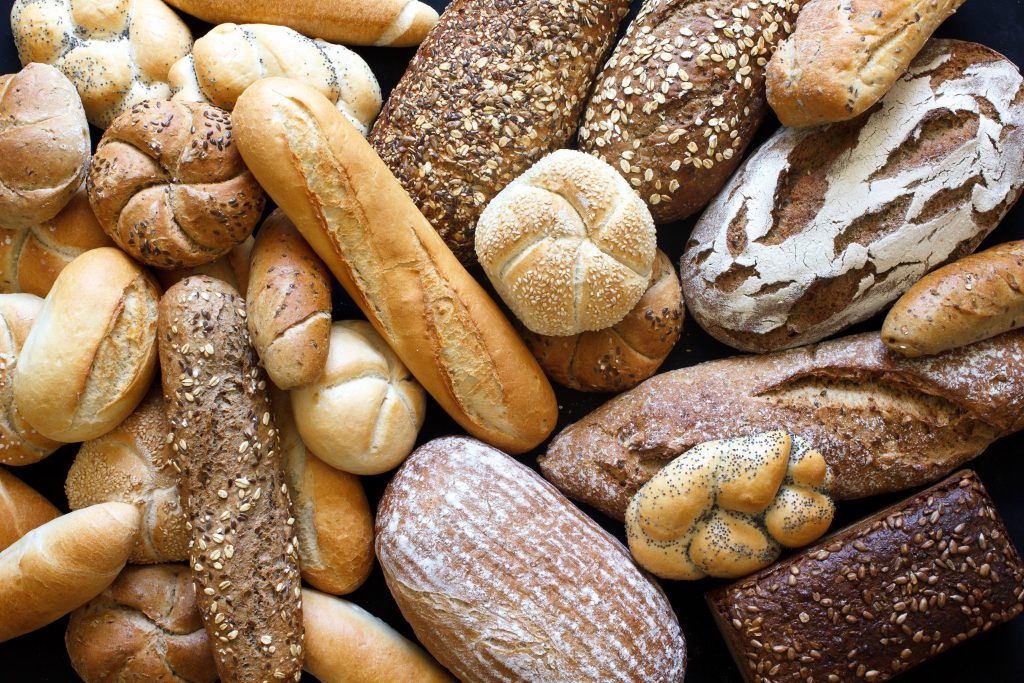
Bread is a major contributor to salt intake in Ireland. Cashman K et al recently published a study in Nutrients investigating the consumption of ‘low-salt’ bread, and its influence on blood pressure. Ninety seven adults participated in a five week cross-over study, which included salt intake estimated from 24-hr urine collections. They found that salt […]
An evaluation of the sodium content and compliance with sodium reduction targets in Costa Rica
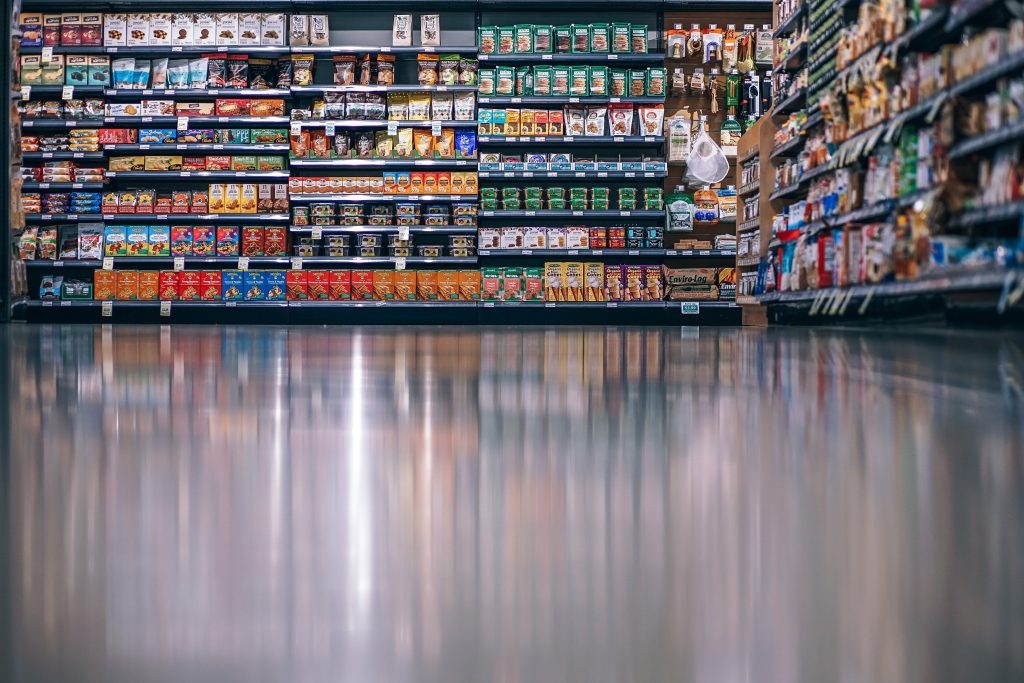
Vega-Solano et al described the sodium levels in packaged foods and assessed the compliance of packaged foods in Costa Rica with national targets from 2015 to 2018. Costa Rica have sodium reduction targets for 6 food categories: Condiments, cookies and biscuits, bread products, processed meats, bakery products, and sauces. They found that there was a […]